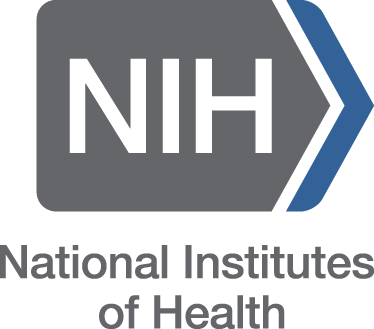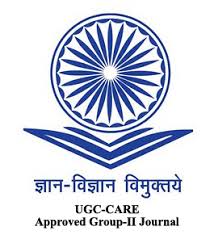A Comparative Clinical pilot Study on Patra Pinda Sweda and Dry Cupping Therapy in the Management of Katishoola w.s.r. to Non-Specific Low Back Pain
DOI:
https://doi.org/10.63001/tbs.2025.v20.i02.S2.pp171-176Keywords:
Katishoola, Non-Specific Low Back Pain, Patra Pinda Sweda, Dry Cupping Therapy, AyurvedaAbstract
Background: Katishoola is associated with low back discomfort in Ayurveda. It is brought on by Vata vitiation, which manifests as pain, soreness, and restricted movements in Kati Pradesa. In Brihatrayees, katishoola is not listed as a distinct illness; rather, it can be linked to certain other ailments such as Pristagraham and Katigraha, which fall under the Vatavyadhi category. Several of the references list Katishoola as a symptom.
Objectives: Both Patra Pinda Sweda and dry cupping therapy, known to relieve pain, were used in this study for comparative analysis
Method: For the study, a sample size of 40 patients was chosen, and each of the two groups of 20 patients was randomly allocated. Group B received dry cupping therapy (on the 1st, 4th, and 7th days for 7 days) whereas Group A received Patra Pinda Sweda treatment (for 7 days).
Results: The present study found significant improvements from day 0 to day 7 in VAS, transformed score, flexion, extension, right lateral flexion, and left lateral flexion (p < 0.001 for all measures) in both groups A and B. The Mann-Whitney U test results indicate significant differences in VAS (p = .010) and flexion (p = .033) between the patra pinda sweda and cupping.
Conclusion: This study concludes that patra pinda sweda and dry cupping therapy significantly alleviate low back pain, improve quality of life, and enhance range of motion, making them viable care options for health professionals.






























